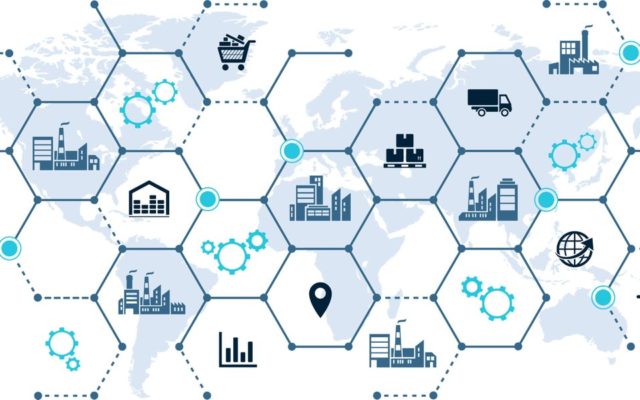Failure to use modern technology in procurement can ruin a business. While companies of the past managed to do just fine, for the most part, procurement systems are often rigid and complicated, only able to solve a fraction of requirements. Modern technology can streamline processes and automate more tedious and exacting tasks.
While a lot of different technologies can benefit the procurement process, five main branches typically take most of the weight. Each of these five branches has a different way of helping businesses, but can’t bear the burden alone. Procurement is a lot of work, and technology is here to take some of the load off, but only when correctly used.
Artificial Intelligence
Artificial intelligence, or AI, is all about decision-making. The AI uses collected data and makes a quick choice, preventing the human employee from having to research information on their own and making a possibly wrong decision. However, AI can also make incorrect and costly choices. Making sure a human is always involved is a smart insurance policy, even if the human can’t fact-check all the decisions.
The Serious Fraud Office brought in an AI for a four-year bribery and fraud investigation. The bot processed more than half a million documents a day, working 2,000 times faster than any human lawyer could have done. With faster speeds and more accurate work, AI is becoming more dominant in business settings.
Robotics and Automation
AI certainly has a hand in both robotics and automation technologies, but they are not entirely alike. An AI is the software, while robots are the hardware, machines and talkative bots. Primarily, the robots are for labor, taking over the menial tasks and leaving humans to do something more complicated.
Robotic Process Automation, or RPA, is the term for these bots going on production lines. According to Everest, RPA reduced costs by 35 to 65 percent for onshore delivery operations, and 10 to 30 per cent for offshore. Reducing costs and streamlining processes make the results in procurement all the more rewarding.
Blockchain
Blockchain is a term you’ve most likely heard in conversations about cryptocurrency. The blockchain is an automated ledger available to the public which records transactions from multiple sources. For procurements involving finance, the blockchain can be extremely helpful. Procurement departments can measure spending, ensure savings and streamline the entire transaction process.
Research suggests companies that report transactions have a 71 percent higher savings every year, compared to companies that don’t track and report data. Plus, a typical business only uses about 60 percent of the savings they earn. By not using their savings to the full potential, they hurt themselves annually.
The Internet of Things
The Internet of Things, or IoT, is a mass collection of data pooled into one place for organization and use. Data can be used to teach AI, learn how to automate processes better and even spend money more efficiently. The IoT puts tons of valuable information at a business’ fingertips.
Using, understanding and adapting to the data in IoT is easier said than done. All of the information in the IoT is uncategorized, about 80 percent presumed to be unstructuredand raw. Once the appropriate information has been found, categorized, understood and translated to the rest of the company through visual graphs or other means, the data can get used effectively. Otherwise, the IoT’s information can be too much or too little to make any positive impact.
3D Printing
3D printing is a somewhat new technology taking the world and economy by storm. A 3D printer can create a physical, three-dimensional object from a digital model. 3D printing has made shipping irrelevant and significantly lowered the cost of materials. A 3D printer can produce objects nearly instantly — even new and extremely specialized parts.
3D printers are now moving from plastic to alloys, thanks to Boeing and General Motors. Their researchers are using other technologies, like AI, to find a special metallic combination for best cost and alloy type. Using 3D printing, especially in industrial settings, changes the game on spending and resources entirely. Using 3D printing with AI, researchers only need a few days to figure out what to mass-produce and to start making the new parts.
The Future for Procurement
If you haven’t been using any new technology in your procurement sector, the time has come to start jumping ahead. Depending on your business and specific problems, beginning in any direction can help. Even so, you don’t want to make the mistake of starting down the wrong path. Research enough to find out what you need before beginning.
Technology is only going to continue advancing. Getting left behind is unacceptable. To get ahead of the competition and use procurement to the highest efficiency available, you must use technology. If you want to get over the usual hurdles in procurement successfully, now you can.
Article by channel:
Everything you need to know about Digital Transformation
The best articles, news and events direct to your inbox
Read more articles tagged: AI, Automation, Blockchain, Featured







